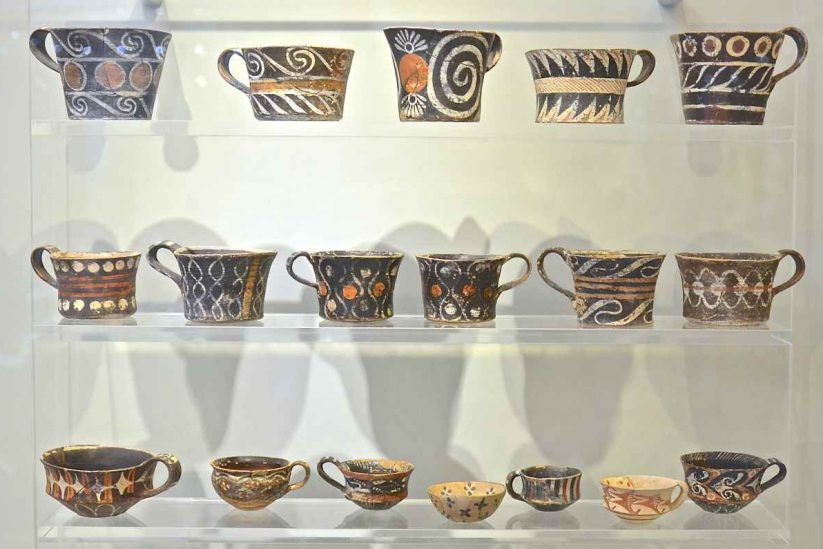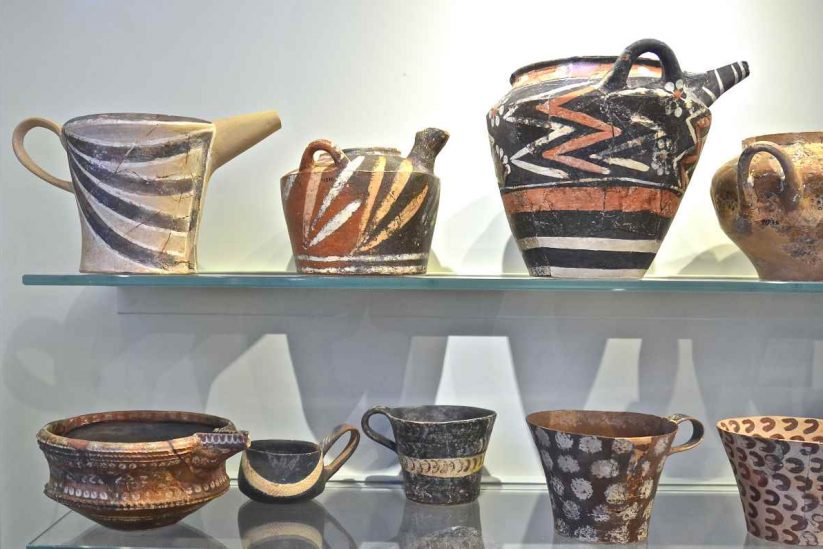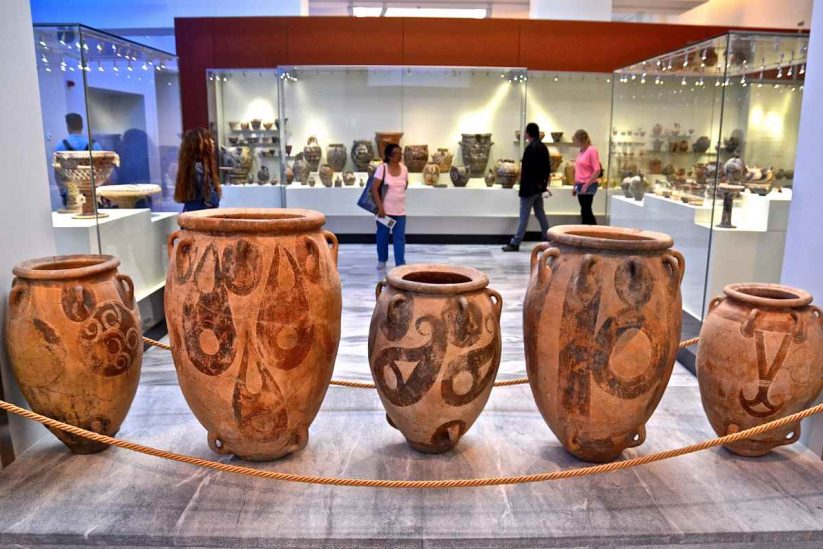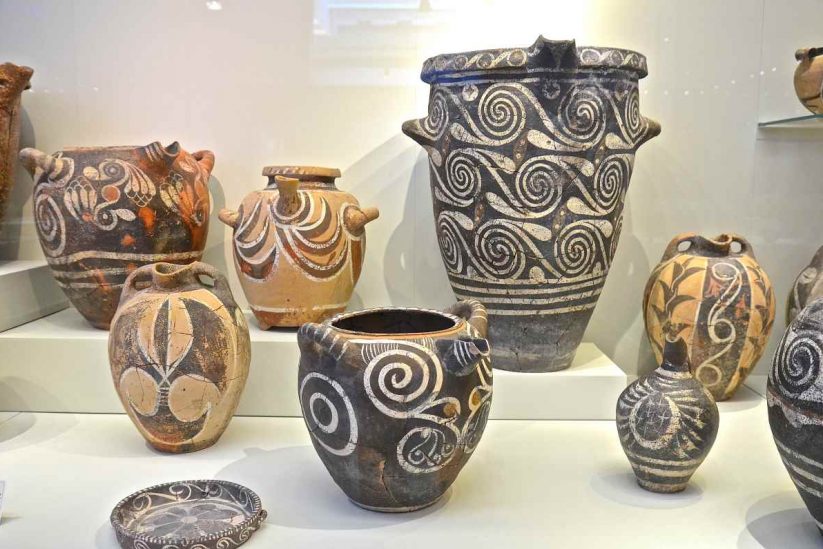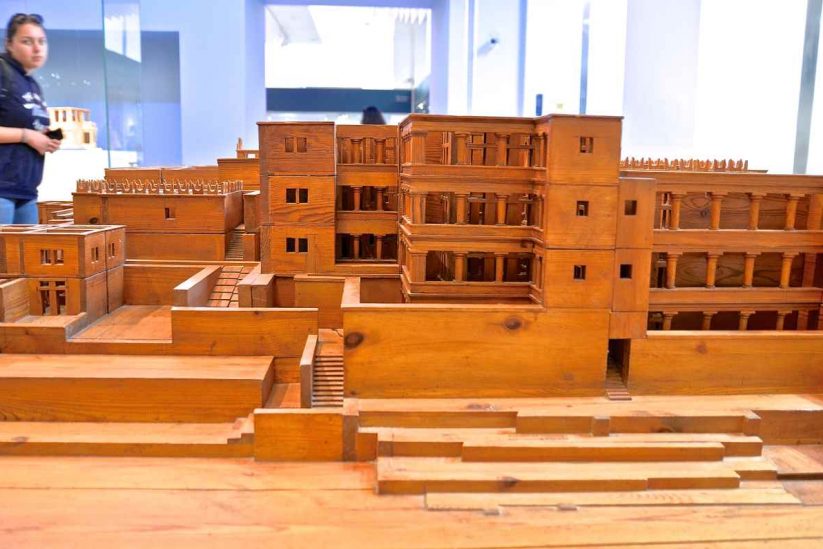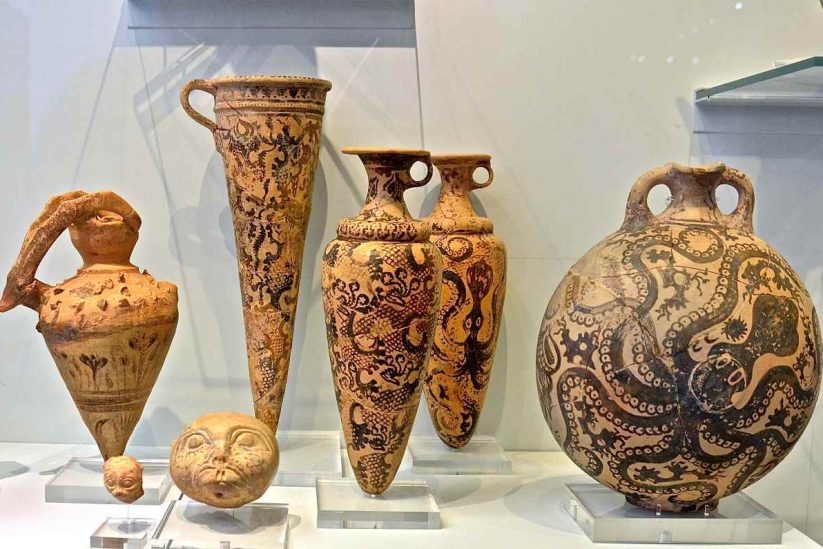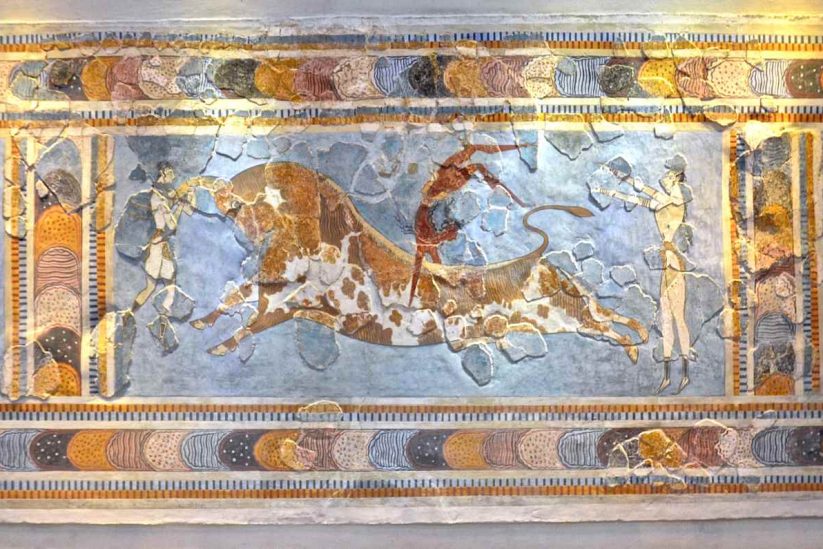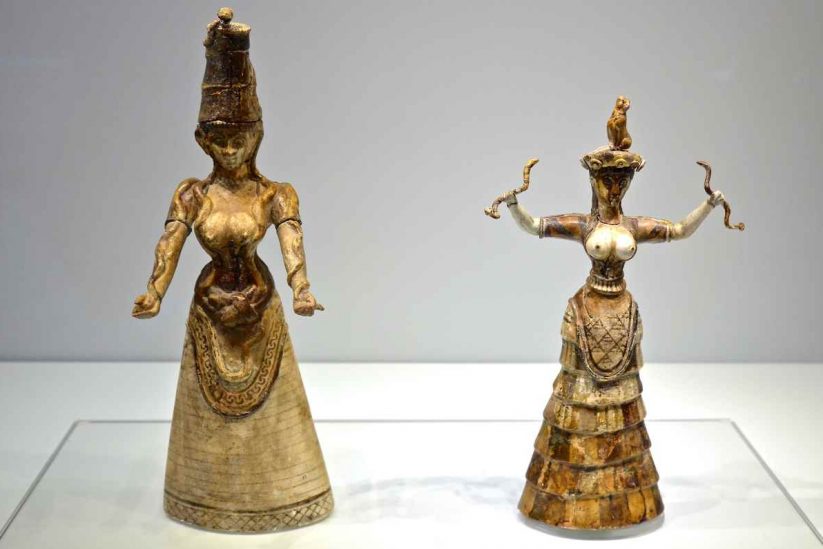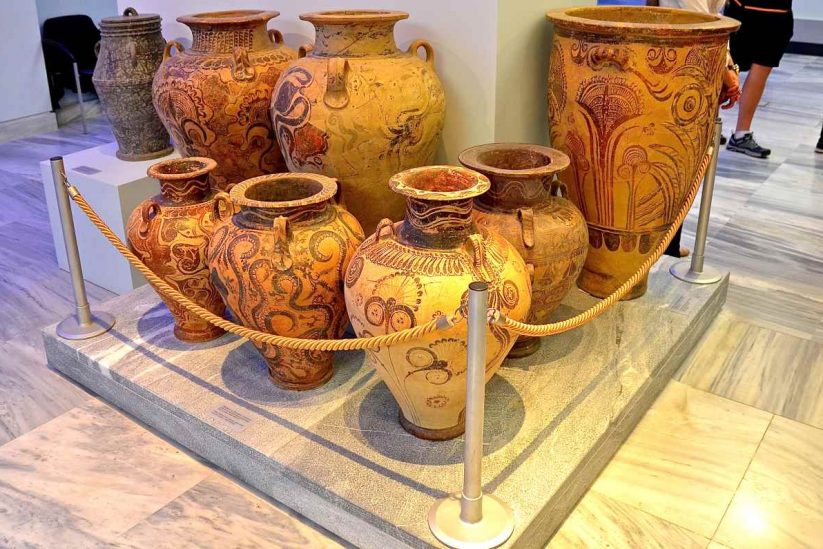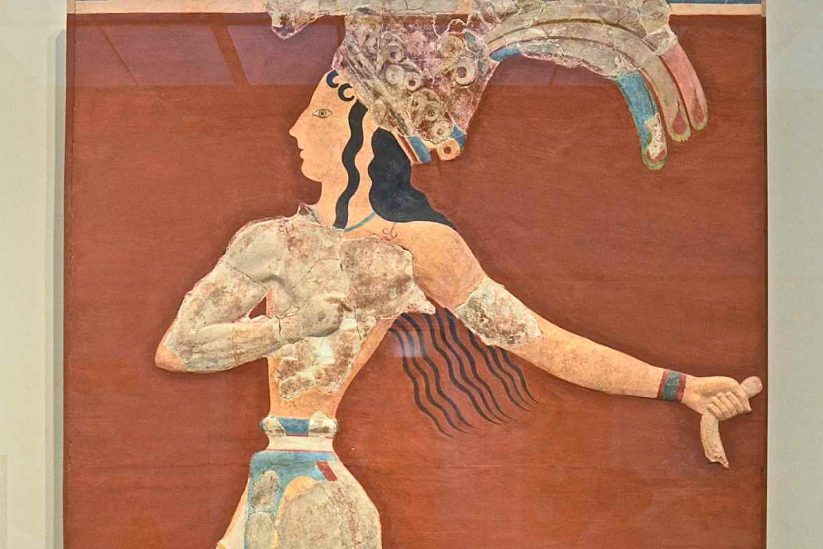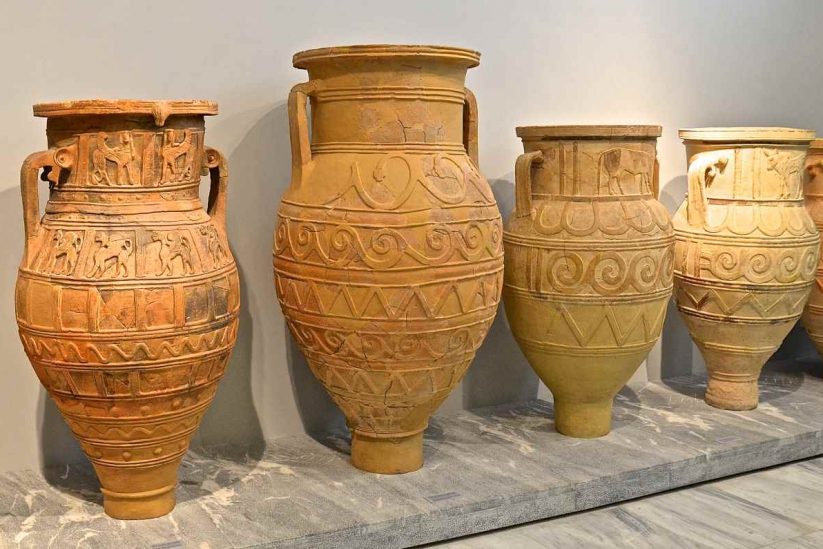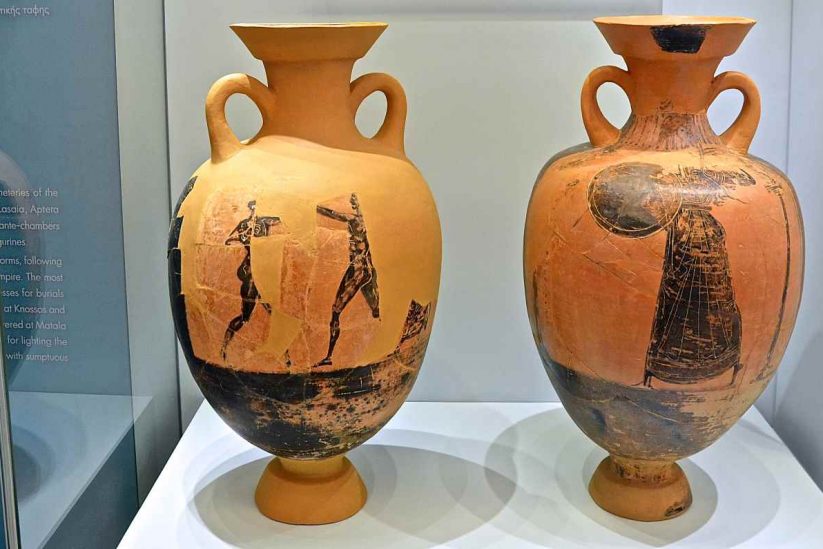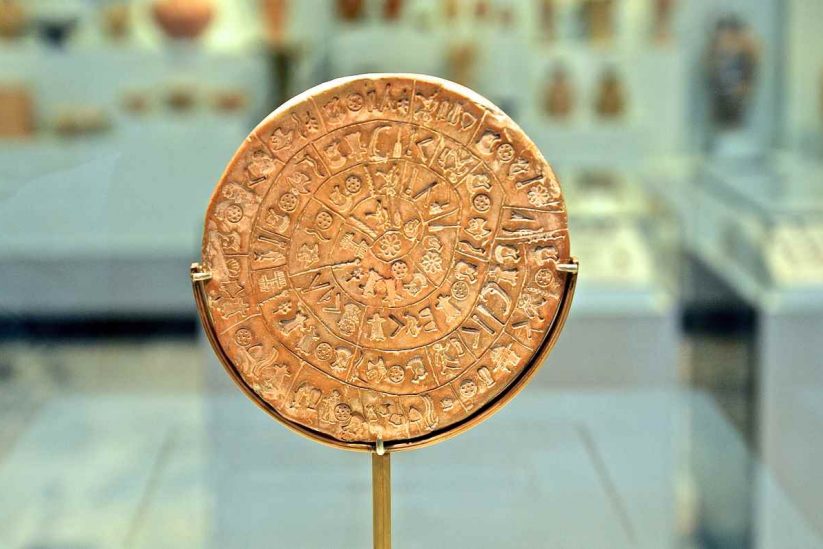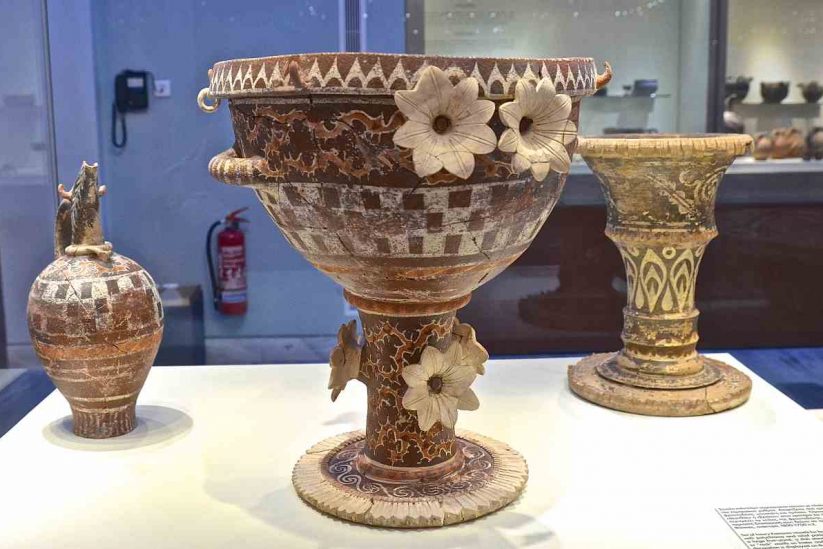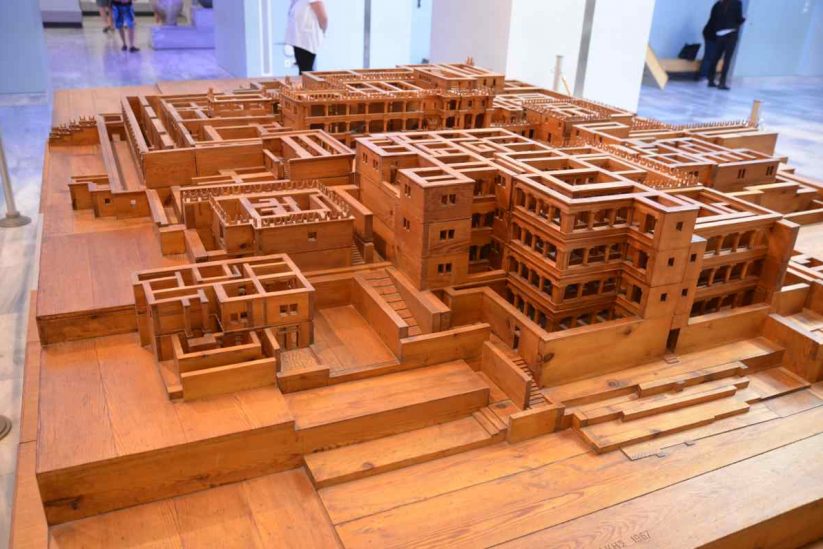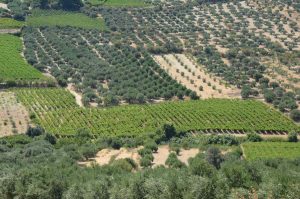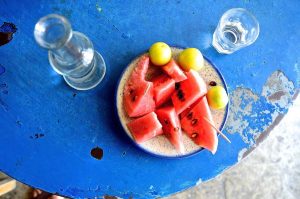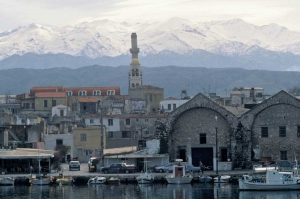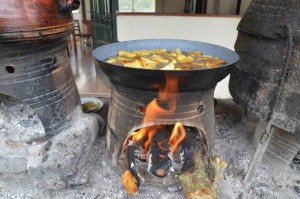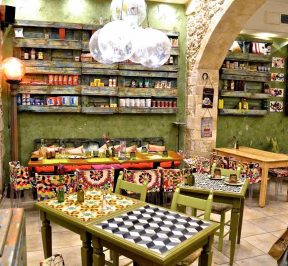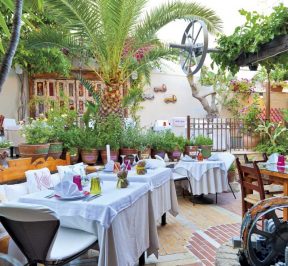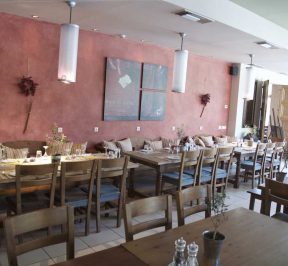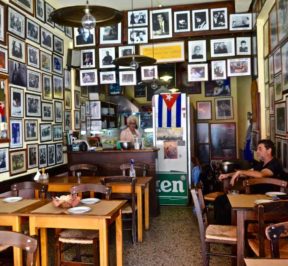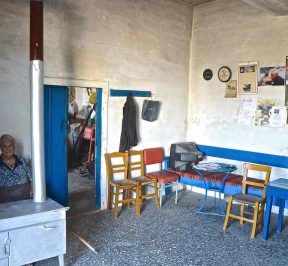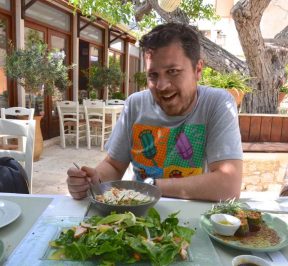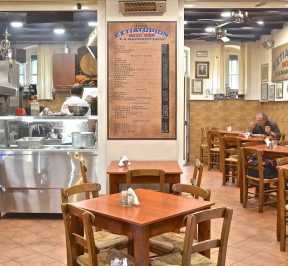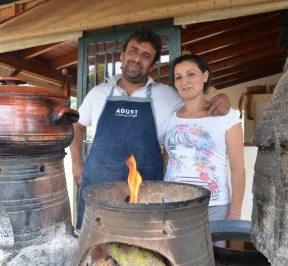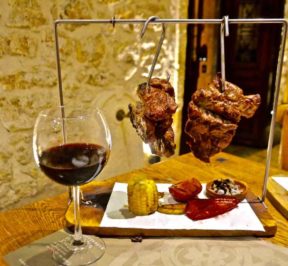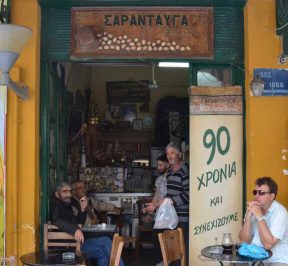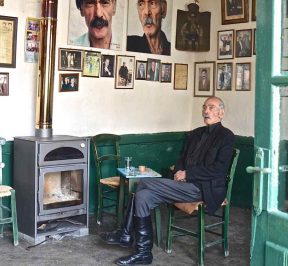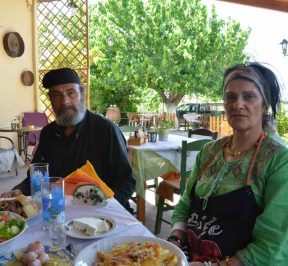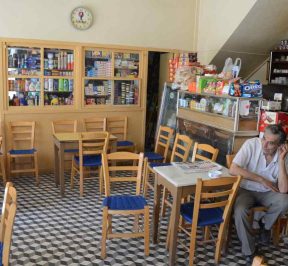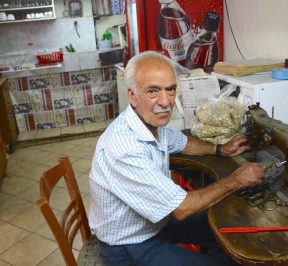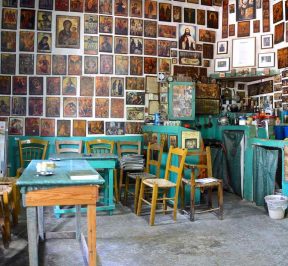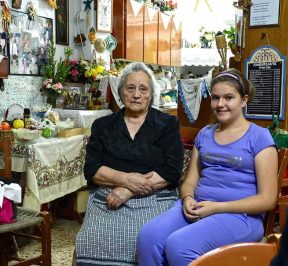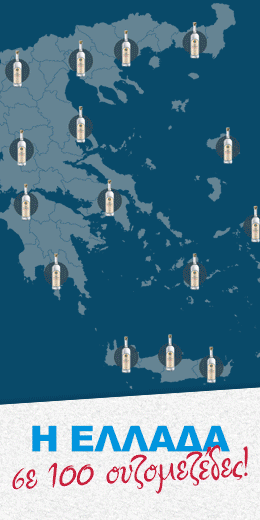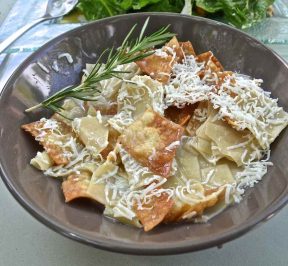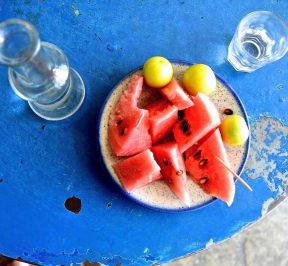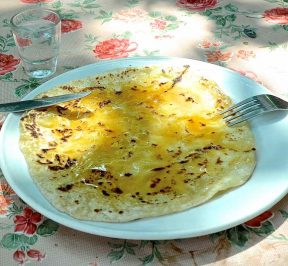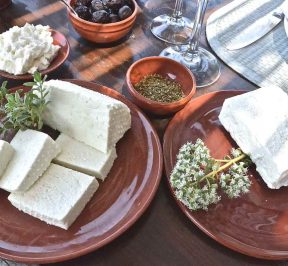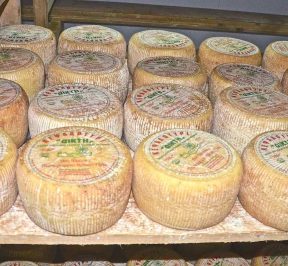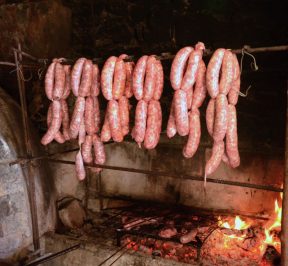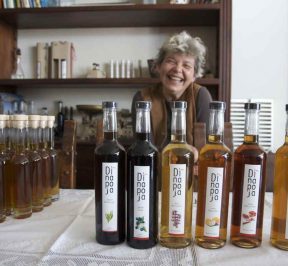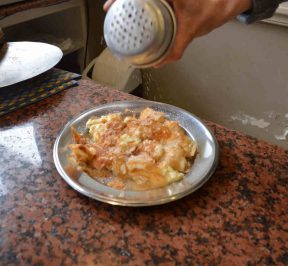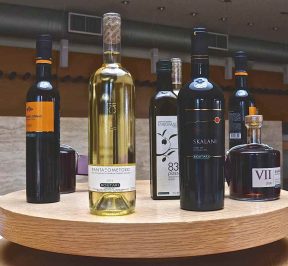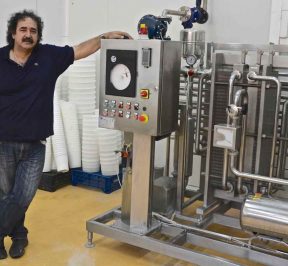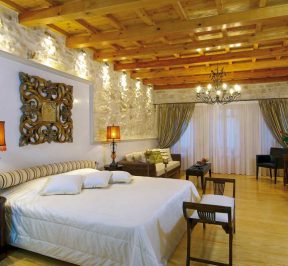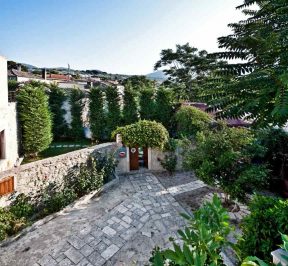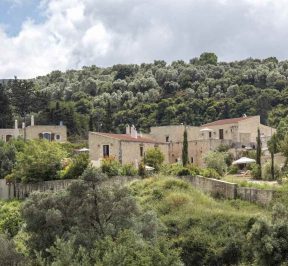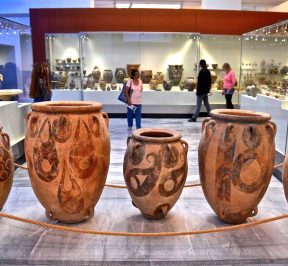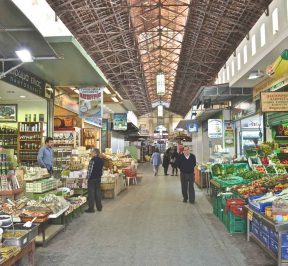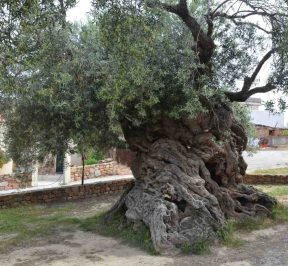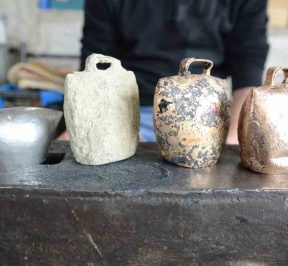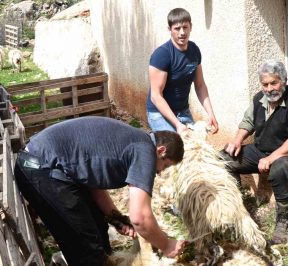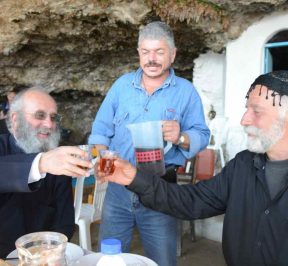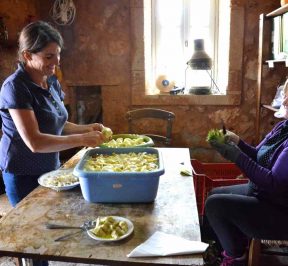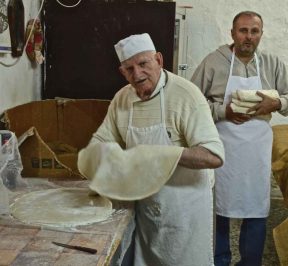Archaeological Museum of Heraklion
The Archaeological Museum of Heraklion in Crete is one of the largest and most remarkable museums in Greece and one of the most important in Europe. His exhibits include representative specimens from all periods of Cretan prehistory and history, covering about 5.500 years, from the Neolithic period to Roman times. Dominant in his collections, however, are the unique masterpieces of Minoan art, which one can admire throughout its evolution. The collection of Minoan antiquities is the most important in the world and the museum is rightly considered the pre-eminent museum of Minoan civilization.
The building that houses the Archaeological Museum of Heraklion is located in the city center and was built between 1937 and 1940, designed by architect Patroclus Karantinos, and is an important example of the modern architectural movement in Greece, awarded the Bauhaus. The colors and construction materials, as well as the multicolored veined marbles, refer to the mural imitations of ortho-marbles of the Minoan buildings. The building has two floors and has extensive exhibition spaces, an audiovisual media room and workshops.
Except of the excavation findings of astonishing beauty and historical importance of the Museum, here are among others the inscribed Disc of Phaistos (17th century BC), the fresco of the Prince of Lilies, the fresco of the bullfighters (the athletes performed jumps on the back of the bull) and the oversized model where the large and the labyrinthine high-rise palaces of Knossos.
Also, a special place in the Archaeological Museum of Heraklion have a number of utensils related to the culture of gastronomy.
Clay flask and three ryta, with sea rhythm decoration, special naturalistic performance. The tentacles of the depicted octopuses are spread and wrapped around the body of the vessel, while complementary motifs give the seabed (15th century BC).
Panathinaikos amphorae with a scene announcing the winner of boxing, which was given full of oil as a prize for the victory in the Panathinaikos games of the Panathinaikos of Athens to a Cretan athlete who took part in the games (4th century BC)
Row of pottery and ceramics of different uses, with decoration from belts or fronts, with geometric themes and pairs of embossed eyes, (9th century BC, Geometric period)
The archaic pithos of the 7th and the 6th BC. century, large capacity, with complex relief decorations that are made partially from a stamp matrix, in more specialized workshops, their size and quality of construction testify that they were not just useful objects but acquisitions that determine the splendor and wealth of their owners. (7-6th century BC Archaic period).
The exceptional beauty three luxurious banquet utensils (crater with lily-shaped lily flowers, large fruit bowl, supporter and foreman) of the royal tableware, with rich colorful and embossed decoration of Kamaraic style with the characteristic motifs of the "chessboard" of the "thorn" and the "lacy decoration" 18 Phaistos, Phaistos .Χ.)
Archaeological Museum of Heraklion, Crete
Opening hours:
Summer: (Mon-Sun) 08.00-20.00
Winter: (Mon) 11.00-17.00, (Tue-Sun) 08.00-15.00
Contact
- AddressXanthoudidou 2, Heraklion 71202, Crete
- Phone Number
- E-mail
- Website
- CategorySightseeing
- LeaseCrete
Lease
PLACE & HISTORY - TRADITIONAL KITCHEN
TAVERNS - RESTAURANTS - CAFES
PRODUCERS - WINERY

